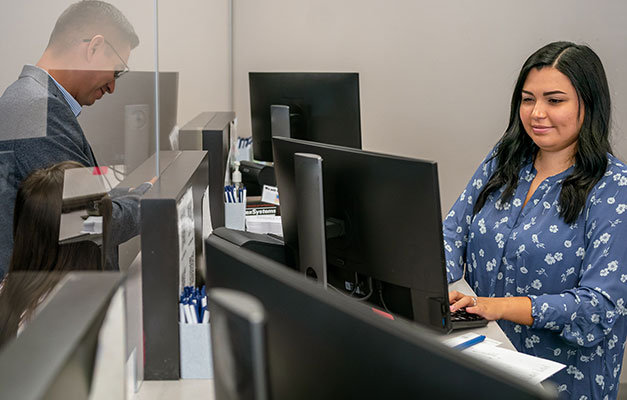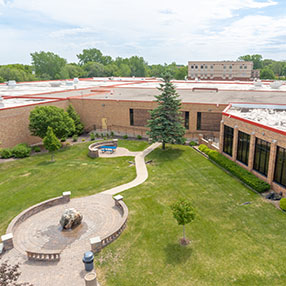The Anoka Technical College Medical Receptionist diploma program prepares students with the broad range of technical and communications skills needed for success in today’s medical office work environment with specific study in medical terminology, electronic health records software, and medical office procedures.

Program offered completely online with part-time options

Training from industry experts

High growth rate compared to other careers in Minnesota
Industry & Career Outlook
Potential Jobs:
- Medical Receptionist
- Receptionist
- Medical Office Specialist
Salary Information:
Median Wage: $23.82 per hour
Top Earners: $29.05 per hour
Information provided is for Minnesota. See current data at mn.gov/deed.
Other Program Info
Students can choose to complete the Medical Receptionist program part-time. Part-time students will take longer to complete their program than students who follow the full-time sequence. Because every course may not be offered each semester, it is important for part-time students to reach out to their faculty advisor for help in planning their long-term, part-time course sequence.
Below, new students can find the first semester part-time course options. After the first semester, work with your faculty advisor to plan future semesters.
First Semester Course Options
ADSC 1003, COMM 1055, COMP 1002
Options differ depending on whether you plan to start in the fall or spring semester.
Medical Office Specialist
AAS degree
Health Unit Coordinator
Certificate
Medical Coding Specialist
Diploma
Info for Current Students
Students must earn a cumulative 2.0 GPA or higher to be eligible for graduation from this program.
Start Dates:
Fall semester: August
Spring semester: January



